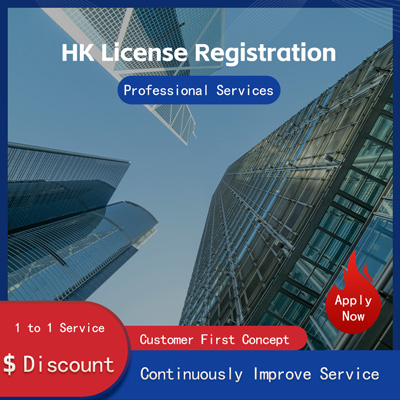
U.S. Company Transfer Guide How to Successfully Complete Ownership Transition
U.S. Company Transfer Agencies A Comprehensive Guide to Smoothly Transitioning Business Ownership
In the U.S. business environment, transferring company ownership is a common yet complex process. Whether due to a founder’s retirement, a partner’s exit, or strategic adjustments and capital operations, ownership transfers involve multiple considerations, including legal, financial, and tax implications. Particularly in today’s volatile economic climate and highly competitive market, many business owners are turning to professional agencies to help ensure a smooth transition of ownership.

In recent years, demand for business transfer services has continued to rise, driven by a more active MA market and a changing demographic among small and medium-sized enterprise SME owners. According to a Forbes report from early 2025, over 100,000 U.S. SMEs consider selling or transferring ownership annually, with around 60% of these business owners aged over 55. This trend is particularly pronounced as the baby boomer generation begins to retire. At the same time, more companies are relying on specialized transfer agencies to guide them through the complex process.
This article provides a practical, comprehensive guide to successfully navigating company ownership transfers with the help of professional agencies, based on current market trends and real-world examples.
1. Define Transfer Goals and Strategic Planning
Any successful company transfer begins with clear goal-setting and strategic planning. Business owners should address several key questions
What is the purpose of the transfer? Is it a full exit, the introduction of a strategic investor, or a partial sale to raise capital?
What is the desired timeline for the transfer?
Is the current valuation reasonable? Does the company have growth potential?
For example, in 2025, the founder of a California-based software company aimed to gradually exit the business over two years while maintaining company culture and team stability. By partnering with a transfer agency specializing in the tech industry, they developed a phased selling strategy, successfully introducing two new shareholders while retaining the original management team.
2. Choose the Right Transfer Agency
In the U.S., company transfer agencies include investment banks, MA advisory firms, accounting firms, and law firms. Each type of agency offers different services and fee structures, and business owners should choose based on their specific needs.
Investment Banks Best suited for medium to large enterprises, offering comprehensive MA services such as valuation, buyer screening, and negotiation support.
MA Advisory Firms Often serve SMEs with more flexible pricing and a focus on local market resources.
Accounting Firms and Law Firms Provide critical support in financial and legal compliance, ensuring that the transaction adheres to regulatory standards.
According to a Wall Street Journal report from Q3 2025, more SME owners are turning to full-service MA advisory firms. These firms not only assist with deal facilitation but also help manage tax optimization, employee transitions, and other post-transaction matters, increasing the likelihood of a successful transfer.
3. Prepare Company Documents and Financial Information
During the transfer process, buyers typically conduct due diligence, examining the company’s financial health, legal compliance, employee contracts, and customer relationships. Business owners should prepare the following materials in advance
Financial statements and audit reports from the past three years
Organizational structure and management overview
Inventory of intellectual property, contracts, and debts
Employee list and compensation structure
Tax records and compliance documentation
In June 2025, a Texas-based manufacturing company lost a potential buyer due to incomplete tax documentation. This case underscores the importance of thorough preparation in ensuring transaction efficiency.
4. Determine Company Valuation and Transaction Structure
Valuation is a core component of any company transfer. Common methods include the income approach, market comparison method, and asset-based approach. Business owners should collaborate with their transfer agency to determine a reasonable valuation range by considering industry trends, profitability, and market outlook.
The structure of the transaction also significantly impacts the final proceeds. Options include
Cash Transactions Simple and direct, but may result in higher immediate tax liability.
Stock Transactions Common in MA deals, allowing for deferred tax obligations.
Earn-Out Agreements Payments based on future performance, reducing buyer risk.
According to a Bloomberg Businessweek report from August 2025, in the current high-interest-rate environment, more buyers are opting for earn-out structures to reduce upfront cash outlays.
5. Identify Potential Buyers
Transfer agencies typically use their industry networks and databases to identify potential buyers. These may include
Industry competitors
Private equity or venture capital firms
Strategic investors
Internal employees or management
To protect the company’s interests, a Non-Disclosure Agreement NDA should be signed early in the process, and sensitive information should be disclosed in stages to prevent leaks of trade secrets.
6. Negotiate and Sign the Agreement
Once a buyer is identified, the negotiation phase begins. The goal is to balance the interests of both parties and ensure that the transaction terms are clear and enforceable. Transfer agencies typically assist in drafting and reviewing key documents such as
Stock Purchase Agreement SPA
Asset Purchase Agreement APA
Transition and Handover Plan
During negotiations, business owners should focus on
Payment methods and timelines
Allocation of debt and liabilities
Employee retention and benefits
Post-transfer business commitments and restrictions
7. Complete the Closing and Manage the Transition
Closing marks the final stage of the transfer, involving fund transfers, equity registration changes, and asset handovers. However, the process doesn’t end there. A well-structured transition plan is essential to ensure operational continuity.
According to a 2025 PwC MA research report, approximately 40% of MA deals fail due to poor post-closing integration. To mitigate this risk, business owners should work with their transfer agency to develop a detailed transition plan that includes
Management handover procedures
Customer communication strategies
Technology and data migration plans
Employee training and support programs
Conclusion
Company ownership transfer is not only a pivotal moment in a business’s lifecycle but also a crucial step for owners to realize value, adjust strategies, or exit gracefully. By partnering with a professional transfer agency, business owners can effectively manage risks, streamline the transaction process, and ensure the company’s continued success under new leadership.
In today’s competitive business environment, proactive planning and meticulous preparation are key to achieving a successful company transfer.
Helpful (0)
No help (0)
Still have questions after reading? More than 98,000 users have contacted us. Please fill in the following information to obtain business information.

Next Article
U.S. Company Registration Everything You Need to Know About Authorized Capital
Jul 31, 2025Service Scope
MoreRecommended for You
- How to Start a Company in Singapore? A Step-by-Step Guide to Registration and Launching Your Overseas Business with Ease
- Thinking of going global? Starting with a Singapore company registration is actually easy
- Why Do Companies Need Banks to File ODI When Going Global?
- How to File Taxes for an Offshore Company in Singapore? A Clear Guide to Key Points and Practical Tips
- Registering a Company in Singapore A Great Way to Unlock Global Business Opportunities
- How Can Dongguan Companies Smoothly Register a Company in Singapore? A Step-by-Step Guide with Key Details You Need to Know!
- Thinking of starting a company in Singapore? Here are the registration requirements you should know first
- What Documents Do Singaporeans Need to Register a Company? All You Need to Know in One Article
- How Much Does It Cost to Register a Company in Singapore? A Clear Breakdown of Fees and What You’re Really Paying For
- How to Set Up a Company in Singapore Step by Step A Beginner’s Guide to Launching Your Global Startup Journey
- A Deep Dive into Setting Up a Subsidiary in Singapore - Your Smooth Path to Going Global
- Before Taking on a Singapore Audit Project, Here Are Key Points You Need to Know!
- A Complete Guide to Starting a Business in Singapore Step-by-Step Help to Earn Your First Fortune
- Why DBS Bank from Singapore is the Darling of the Global Finance World
- Get the Inside Scoop on Singapore Company Audits What You Need to Know About ACRA Reviews
- Do You Really Know How to Name a Company in Singapore? Must-Know Tips Inside!
- How to Start a Company in Singapore? A Step-by-Step Guide to Registration Requirements and Process!
- How Much Does It Cost to File Taxes for a Singapore Company? Everything You Need to Know - Are You Ready?
- Don't Panic! Missed Your Singapore Company's Annual Filing? Here’s How to Fix It Easily
- How Much Does It Cost to Register an Offshore Company in Singapore? A Complete Guide to the Process


 ONE
ONE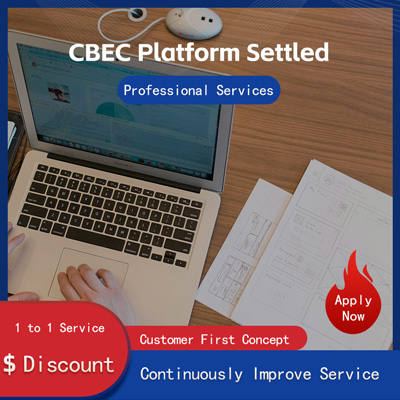
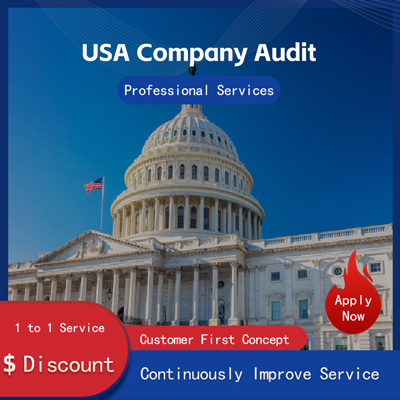
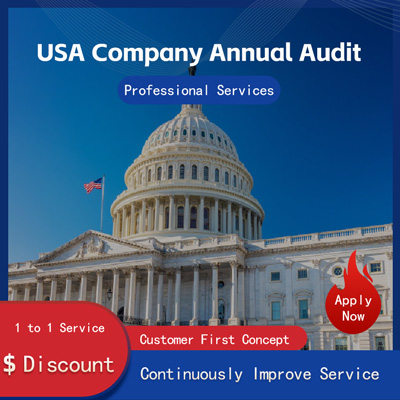

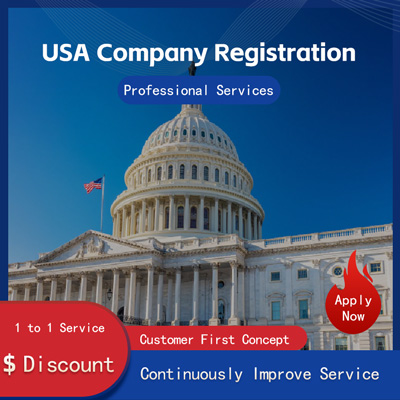
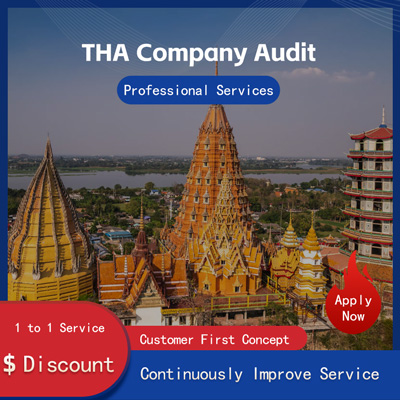
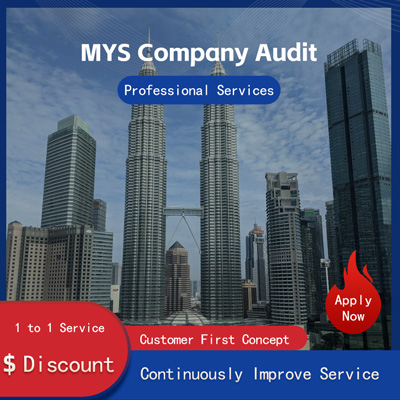
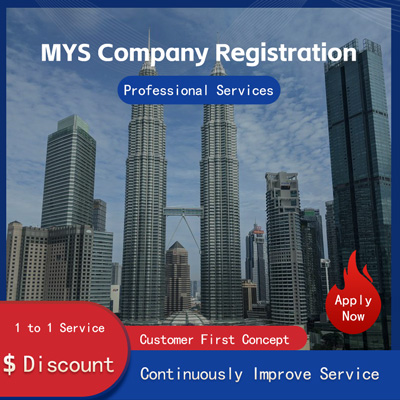
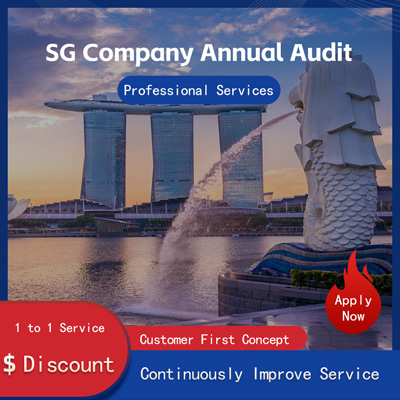
Customer Reviews
Small *** Table
December 12, 2024The experience was very good. I was still struggling to compare it with other companies. I went to the site a few days ago and wanted to implement it as soon as possible. I didn't expect that everything exceeded my expectations. The company is very large, with several hundred square meters. The employees are also dedicated and responsible. There is also a wall of certificates. I placed an order on the spot. It turned out that I did not make a wrong choice. The company's service attitude is very good and professional. The person who contacted me explained various things in detail in advance. After placing the order, the follow-up was also very timely, and they took the initiative to report the progress to me. In short, I am very satisfied and recommend this company!
Lin *** e
December 18, 2024When I first consulted customer service, they recommended an agent to me. They were very professional and patient and provided excellent service. They answered my questions as they came in. This 2-to-1 service model is very thoughtful. I had a lot of questions that I didn’t understand, and it’s not easy to register a company in Hong Kong. Fortunately, I have you.
t *** 7
December 19, 2024I originally thought that they only did mainland business, but I didn’t expect that they had been doing Hong Kong business and were doing very well. After the on-site interview, I decided to ask them to arrange the registration of my Hong Kong company. They helped me complete it very quickly and provided all the necessary information. The efficiency was awesome. It turns out that professional things should be done by professionals.👍
b *** 5
December 16, 2024In order to register a company in Hong Kong, I compared many platforms and stores and finally chose this store. The merchant said that they have been operating offline for more than 10 years and are indeed an old team of corporate services. The efficiency is first-class, and the customer service is also very professional.